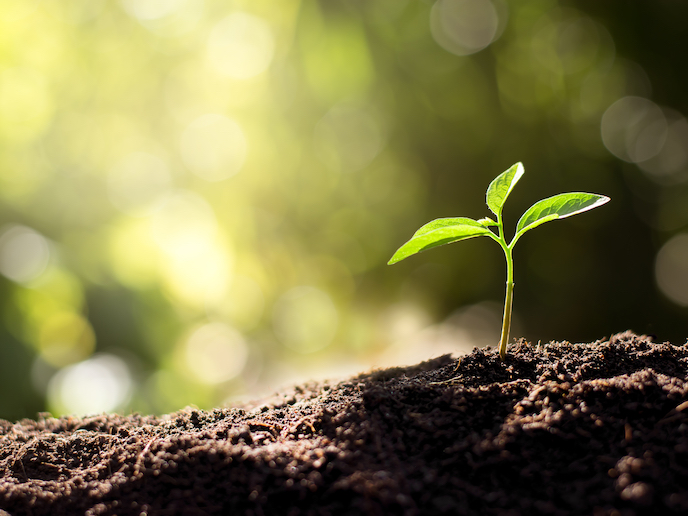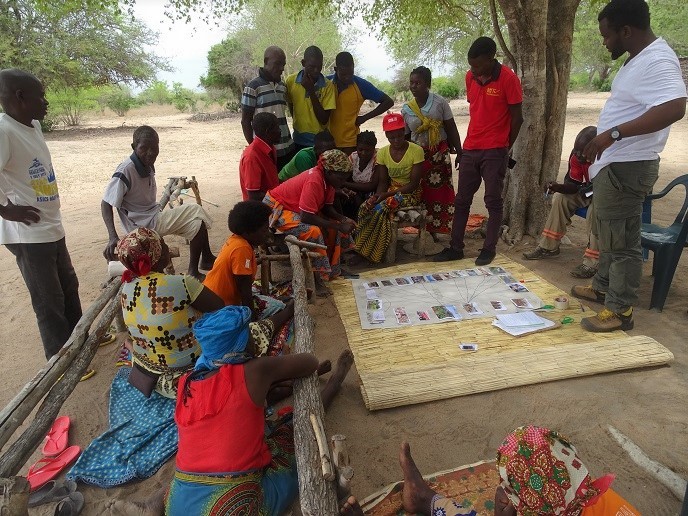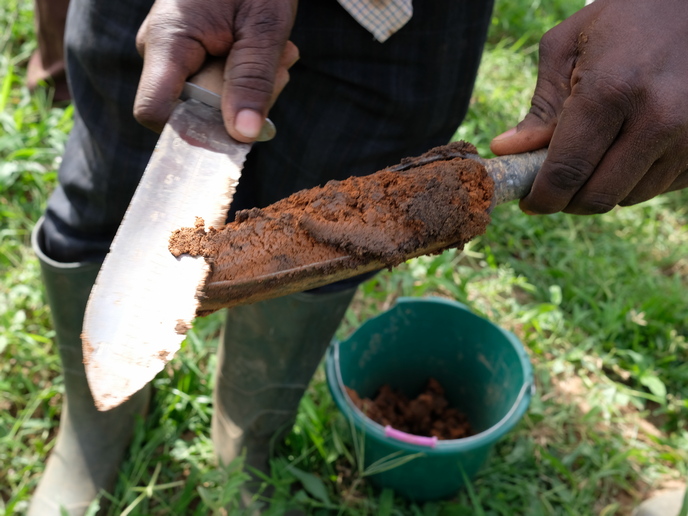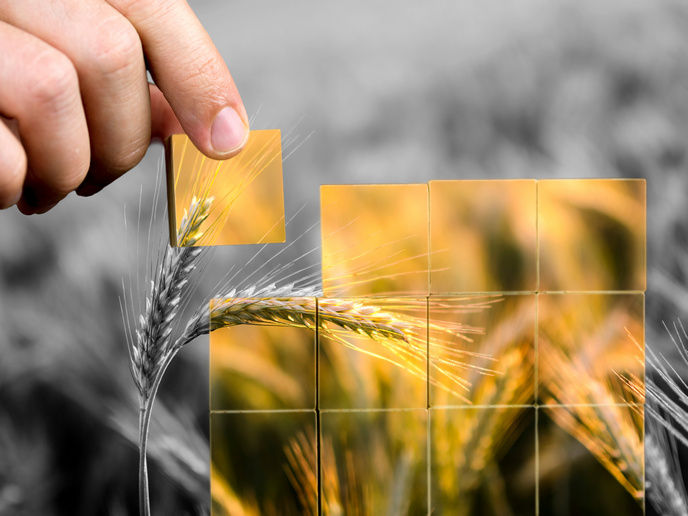Toxic soils and the impact of climate change
Climate change has the potential to critically impair the biotic (those related to living organisms) and alter the abiotic components of terrestrial ecosystems. The situation may be far worse in those systems that face several layers of environmental and man-made stressors, such as in anthropogenic-contaminated soils. The effects of toxic contaminants may worsen depending on the prevailing climate conditions, piling up the pressure and risking further degradation. The EU’s GLOBALTOX project assessed the sensitivity of different soil invertebrate species to toxicity changes in the soils, induced by single climate factors: air temperature, soil moisture content, atmospheric CO2 concentrations, and UV radiation. Also, to find out how the toxicity levels are affected under different climate change scenarios, simulated by combinations of multiple climate factors, using the soil invertebrates as bioindicators. Contrived environments The team collected natural field soils affected by anthropogenic metal pollution from a former mining district in Portugal, and from a former agricultural area that received years of chemical waste from a nearby industrial complex. The soils were brought back to the laboratory facilities at the University of Aveiro, where they were air-dried and stored at 4 °C before being used in the experiments. The team created combinations of different climate factors to house the soils, drawing on predictions of possible emission scenarios laid out by the International Panel on Climate Change (IPCC). They then measured changes in key soil parameters: pH, organic matter, nutrient cycling, metal availability, microbial community. Soil-dwelling invertebrate species were used to understand the possible effects, at organism and population level. The species selected play crucial roles in the proper functioning of terrestrial ecosystems. The team looked at survival, reproduction and avoidance behavior against contaminated soils, and measured body metal concentrations, enzymatic biomarkers and changes in gene expression in the organisms. “In the first stage, we checked for the effects induced by alterations in single climate factors to know the specific effects of each of the climate factors selected,” explains Dr. María Nazaret González Alcaraz, Marie Curie Fellow of the GLOBALTOX project. “In the second stage, we combined multiple climate factors in order to simulate the overall environmental climate conditions in a more realistic way.” Supporting the scientific community The team found that the forecasted climate scenarios for the year 2100 might affect the performance of soil invertebrate species in anthropogenic metal-contaminated soils. The effects were particularly marked when dryness conditions in the soil were intensified by exposure to raised air temperatures. Furthermore, soils with highly acidic conditions and high metal content are among those most affected resulting in increased toxic effects. This is the first time, to the GLOBALTOX team’s knowledge, that ecotoxicity risks of anthropogenic metal-contaminated soils have been evaluated under realistic, forecasted climate change scenarios using soil invertebrates as bioindicators. “The results we obtained might have an important impact on the monitoring and management of anthropogenic-contaminated soils in the context of climate changes,” says Dr González Alcaraz. “The results provide clear evidence to support the aim of limiting the global temperature increase to 1.5 ºC set by the Paris Agreement,” Dr González Alcaraz adds. The team are finishing the analysis of some samples and working on the publication of the results obtained. In the medium and long-term, the team wants to carry out the same tests on other types of contaminated soils.







